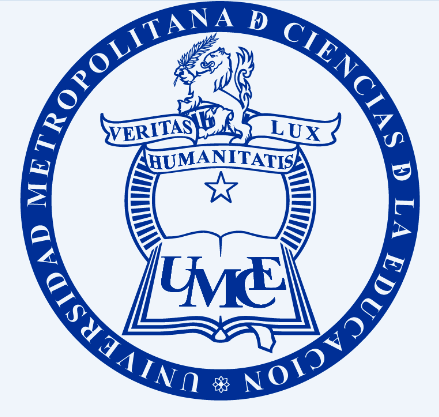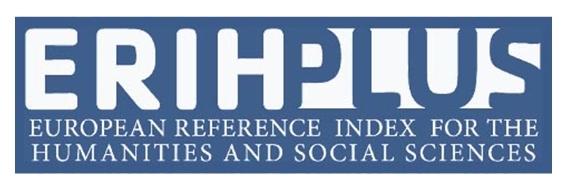Conteúdo do artigo principal
dez 11, 2020
Resumo
It is widely agreed that the process of learning a second language involves exposure to the target language (Ellis, 1997; Lightbown & Spada, 1999; Saville-Troike, 2012). One of the settings where exposure occurs is the natural setting. Natural acquisition contexts or naturalistic settings are defined as environments where learners are exposed to the target language in their daily activities (Lightbown & Spada, 1999). The benefits of these contexts are that learners are provided with a wide variety of communicative instances as the target language is used as the default language resulting in encounters with different types of inputs (Lightbown & Spada, 1999). This study reports the findings from a two-week study of target language exposure experienced by two Chilean postgraduate students at a New Zealand university. Exposure was recorded and measured using a Google log diary, based and adapted from Ranta and Meckleborg’s study (2013). Results show a tendency for participants to be involved in receptive communicative instances rather than productive and a predominant use of their L1 in oral interaction. The study discusses some of the reasons why participants did not engage in more oral interaction in English within this naturalistic setting and why their L1s were predominant in oral interactions.
Downloads
Política propuesta para revistas que ofrecen acceso abierto
Aquellos autores/as que tengan publicaciones con esta revista, aceptan los términos siguientes:
- Los autores/as conservarán sus derechos de autor y garantizarán a la revista el derecho de primera publicación de su obra, el cuál estará simultáneamente sujeto a la Licencia de reconocimiento de Creative Commons que permite el uso de este material siempre que se indique su autoría y la fuente original de su publicación (URL de la revista), no se use con fines comerciales y sin derivaciones de la obra original.
- Los autores/as podrán adoptar otros acuerdos de licencia no exclusiva de distribución de la versión de la obra publicada (p. ej.: depositarla en un archivo telemático institucional o publicarla en un volumen monográfico) siempre que se indique la publicación inicial en esta revista.
- Se permite y recomienda a los autores/as difundir su obra a través de Internet (p. ej.: en archivos telemáticos institucionales o en su página web) antes y durante el proceso de envío, lo cual puede producir intercambios interesantes y aumentar las citas de la obra publicada. (Véase El efecto del acceso abierto).
Referências
Bretch, R, & Robinson, J. (1993). Qualitative analysis of second language acquisition in study abroad: The ACTR/NFLC Project. NFLC Occasional Papers, August. Washington, DC: National Foreign Language Center.
Ellis, R. (1997). Second language acquisition. Oxford: Oxford University Press.
Ellis, R. (2008). The study of second language acquisition (Second Ed.). Oxford: Oxford University Press.
Ellis, R., Tanaka, Y., & Yamazaki, A. (1994). Classroom Interaction, Comprehension, and the Acquisition of L2 Word Meanings. Language Learning, 44(3), pp.449-491.
Gass, S., & Varonis, E. (1994). Input, Interaction, and Second Language Production. Studies in Second Language Acquisition, 16(3), pp.283 - 302.
Gass, S. M., & Mackey, A. (2007). Input, interaction, and output in second language acquisition. In B. VanPatten and J. Williams (Eds.), Theories in second language acquisition: An introduction, pp. 175-199.
Gass, S. & Selinker, L. (2009). Second language acquisition. New York: Routledge.
Kaplan, M (1989). French in the community: A survey of language used abroad. French Review (Deddington), 63, 290 – 299.
Krashen, S. (1985). The input hypothesis. Torrance, CA: Laredo Pub. Co.
Lightbown, P. and Spada, N. (1999). How languages are learned. Oxford University Press.
Loschky, L. (1994). Comprehensible Input and Second Language Acquisition. Studies in Second Language Acquisition, 16(03), pp.303-323.
McLaughlin, B. (1987). Theories of second language learning. London: Arnold.
Pica, T., Young, R. & Doughty, C. (1987). The Impact of Interaction on Comprehension. TESOL Quarterly, 21(4), pp.737-758.
Ranta, L. & Meckelborg, A. (2013). How Much Exposure to English Do International Graduate Students Really Get? Measuring Language Use in a Naturalistic Setting. Canadian Modern Language Review, 69(1), pp.1-33.
Ritchie, W. & Bhatia, T. (1996). Handbook of second language acquisition. New York: Academic Press.
Saville-Troike, M. (2012). Introducing second language acquisition. Cambridge: Cambridge University Press.






